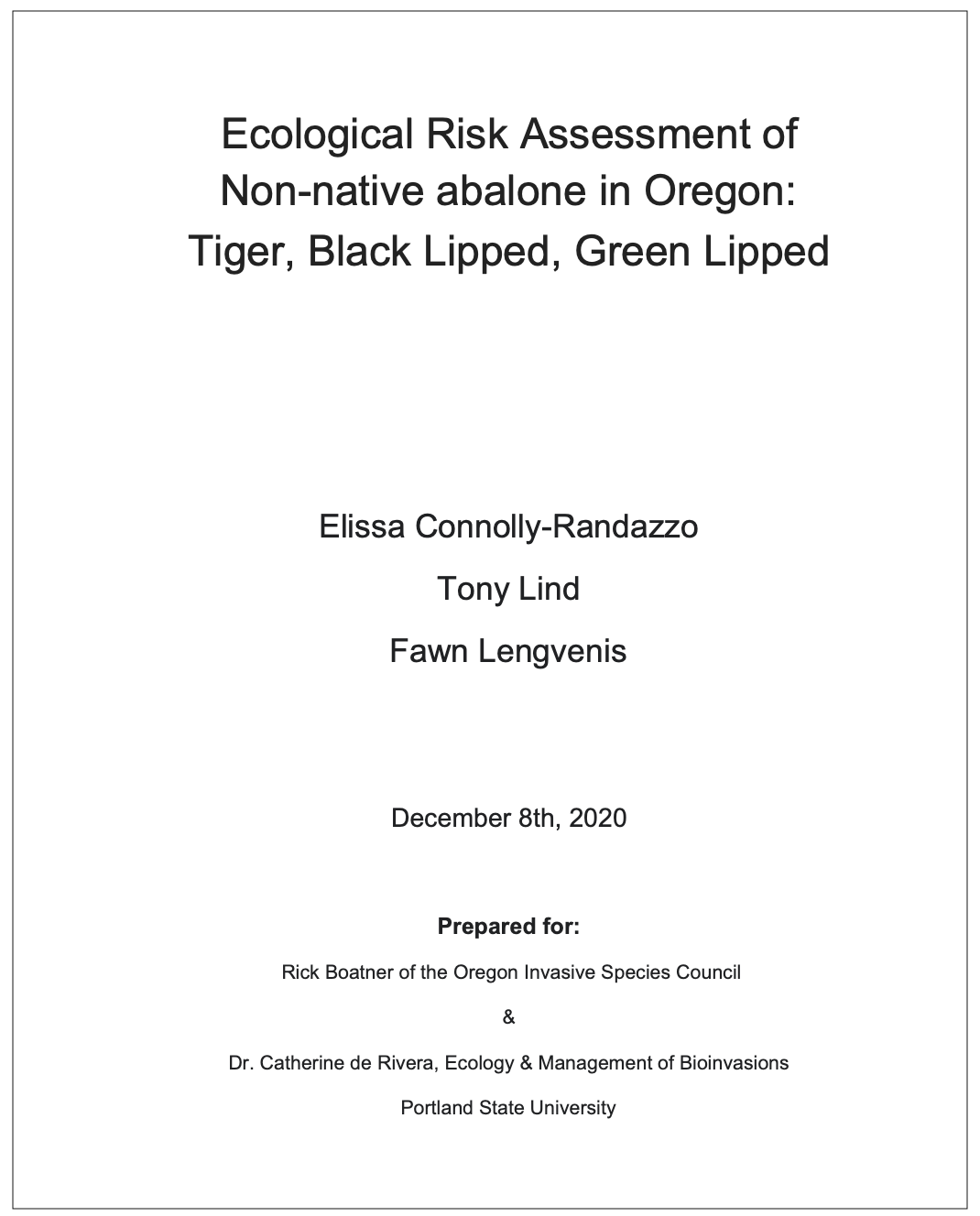New U.S. Forest Service Book: Invasive Species in Forests and Rangelands of the United States
/A new U.S. Forest Service Book “Invasive Species in Forest and Rangelands of the US” is now available to download! The report is divided into the following chapters that address the most significant aspects and issues related to invasive species:
Impacts of Invasive Species in Terrestrial and Aquatic Systems
Impacts of Invasive Species on Forest and Grassland Ecosystem Processes
Effects of Climate Change on Invasive Species
Invasive Species Response to Natural and Anthropogenic Disturbance
Early Intervention Strategies for Invasive Species Management
Management of Landscapes for Established Invasive Species
Rehabilitation and Restoration of Landscapes and Habitats Affected by Established Invasive Species
Sectoral Impacts of Invasive Species and Approaches to Management
Inventory and Monitoring of Invasive Species
Tools and Technologies for Quantifying Spread and Impacts of Invasive Species
Social and Cultural Dynamics of Non-native Invasive Species
The Role of International Cooperation in Invasive Species Research
Economics of Invasive Species
Legislation and Policy
Future Invasive Species Research Challenges and Opportunities
The Regional Summaries Appendix also provides more detailed all taxa, invasive species information specific to Oregon, Washington, and Idaho (pgs. 380-405 in the PDF; pgs. 352-377 in the publication).

